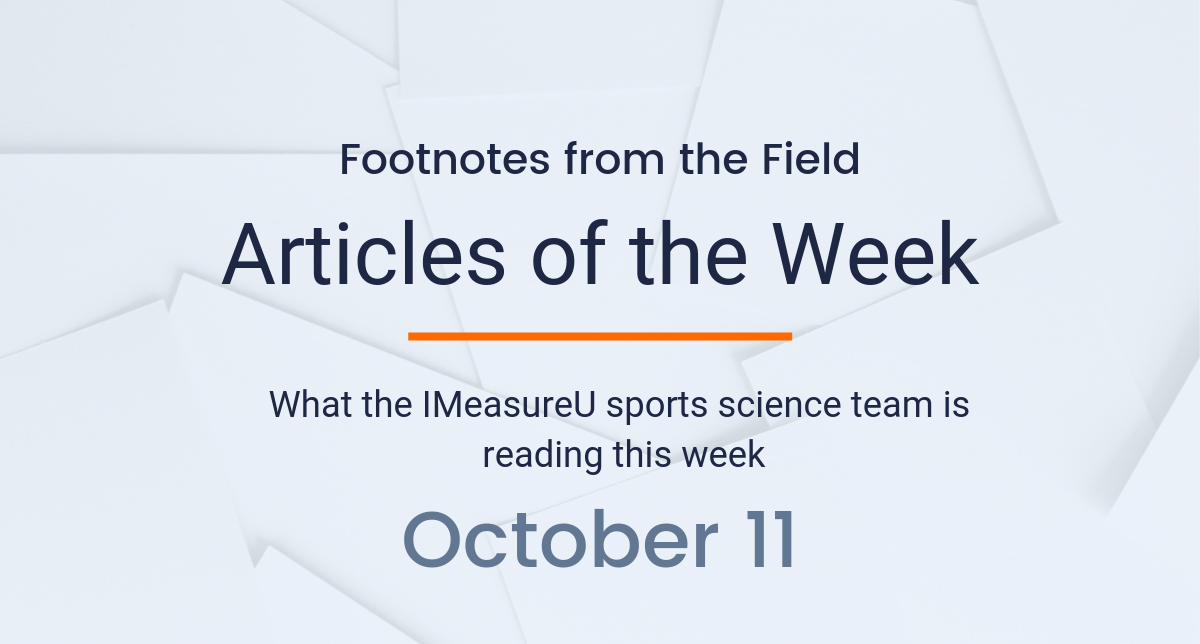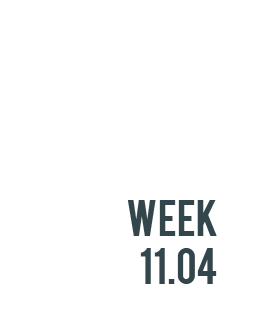
Here’s what the sports science team at IMeasureU is reading this week:
Injury prevention is quickly becoming the focus of many strength and conditioning coaches work. Publications around cost of injury and importance of having the best players on the pitch have meant that performance enhancement has taken a back seat behind injury prevention or injury risk reduction. This open access article by James O’Brien and colleagues in the Science and Medicine in Football journal presents a new model which involves a simple continual cycle of three phases: evaluate, identify and intervene. The article is aimed at the practitioner in professional or collegiate sport and hopefully allows them to develop a context-specific and dynamic injury prevention strategy.
The next article comes from author Bart Dingenen and Alli Gokeler in the Sports Medicine Journal. The primary purpose of this review was to provide a critical appraisal of the current return-to-sport criteria and decision-making processes after ACL reconstruction. It is clear from this review that the traditional time-based criteria for progressing rehabilitation post ACL reconstruction is outdated but this paper offers some alternatives.
The next article comes from Greg Doncaster in the Science and Medicine in Football journal and looks at the reliability of heart rate responses of the Yo-Yo IR1. Heart rate recovery is a measure that is often used in team sport environments to assess the physiological adaptation of athletes to training. To do this, many use the Yo-Yo IR1 to assess heart rate both during and after the test. Therefore this paper looks at whether it is a reliable measure from which to gain these insights. Results suggest that heart rate measures obtained during the test demonstrate good levels of reliability. However, heart rate measures obtained during the passive 3-min recovery demonstrated an increased level of variance as the passive-recovery period progressed.
Our fourth article comes from Nathalie Jeras and colleagues in the Journal of Sports Sciences. This article aimed to determine key biomechanical parameters explaining age-related jumping performance differences in youth elite female soccer players. Te results suggest that age significantly affects jumping performance and these age-related differences appear to be primarily driven by the capacity for power production during CMJ and SJ tasks, and by the ability to jump with shorter ground contact times during the drop jump.
The last article in this week’s articles of the week comes from Greg Myer in this classic article from 2014. The purpose of this article was to determine if athletes undergoing ACL reconstruction and returning to sport would demonstrate functional deficits that would be associated with time from surgery. Based on the results, the authors concluded that deficits in unilateral force development (vertical jump height) and absorption (normalized VGRF) persist in an athlete’s single-limb performance after ACL reconstruction and full return to sports. These symmetry deficits appear to be independent of time after reconstruction.
For more sports science check out our blog for in-depth case studies and industry updates. Also, be sure to sign up for our newsletter below so you are always up to date with the latest research.




